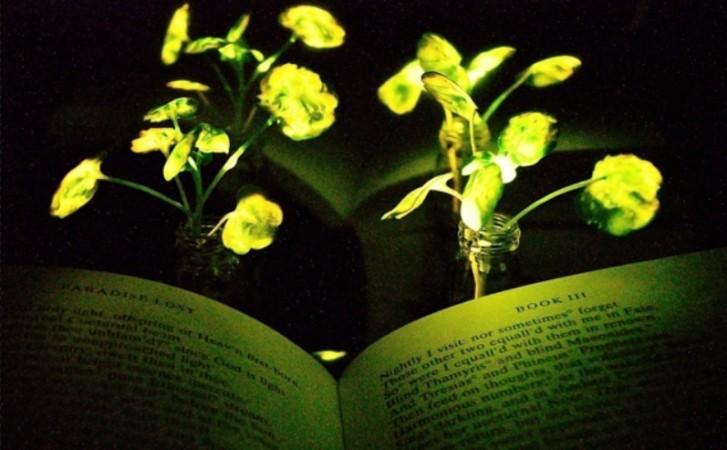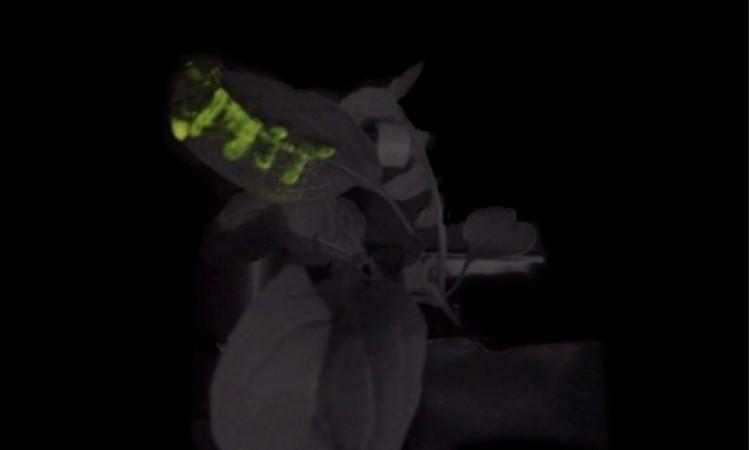It's frustrating when the power goes off while you are studying for an examination or reading an interesting novel or in the middle of an important task.
Well, experts are working on making plants produce light with an aim to replace many of the functions currently performed by electrical devices. The results have been positive so far.
A team of engineers from Massachusetts Institute of Technology (MIT) led by scholar Seon-Yeong Kwak has made a critical first breakthrough in their attempt to source light from plants. They were able to make a watercress plant produce dim light for nearly four hours by embedding specialised nanoparticles into the leaves.
Also read: Robots with superpower in the making
"The vision is to make a plant that will function as a desk lamp — a lamp that you don't have to plug in. The light is ultimately powered by the energy metabolism of the plant itself," said Michael Strano, the Carbon P. Dubbs Professor of Chemical Engineering at MIT and the senior author of the study.

The researchers were able to make plants glow for only about 45 minutes initially but managed to improve it to 3.5 hours. They said a 10 cm watercress seedling can currently generate about one-thousandth of the amount of light needed to read but believe that it can one day be able to boost the light emitted and duration by optimising the concentration and release rates of the components.
The study said that the research team turned to luciferase, the enzyme that gives fireflies their glow, to create glowing plants.
"Luciferase acts on a molecule called luciferin, causing it to emit light. Another molecule called co-enzyme A helps the process along by removing a reaction byproduct that can inhibit luciferase activity," it said.

Strano said it's time to find a source of light through plant nanobionics as lighting accounts for about 20 percent of worldwide energy consumption. He went on to say that "plants can self-repair, they have their own energy, and they are already adapted to the outdoor environment."
The researchers hope to transform trees and large plants into a source of light one day by painting or spraying nanoparticles onto the leaves. They have demonstrated the technology with arugula, kale, spinach and watercress so far and it should work on all types of plants.

















